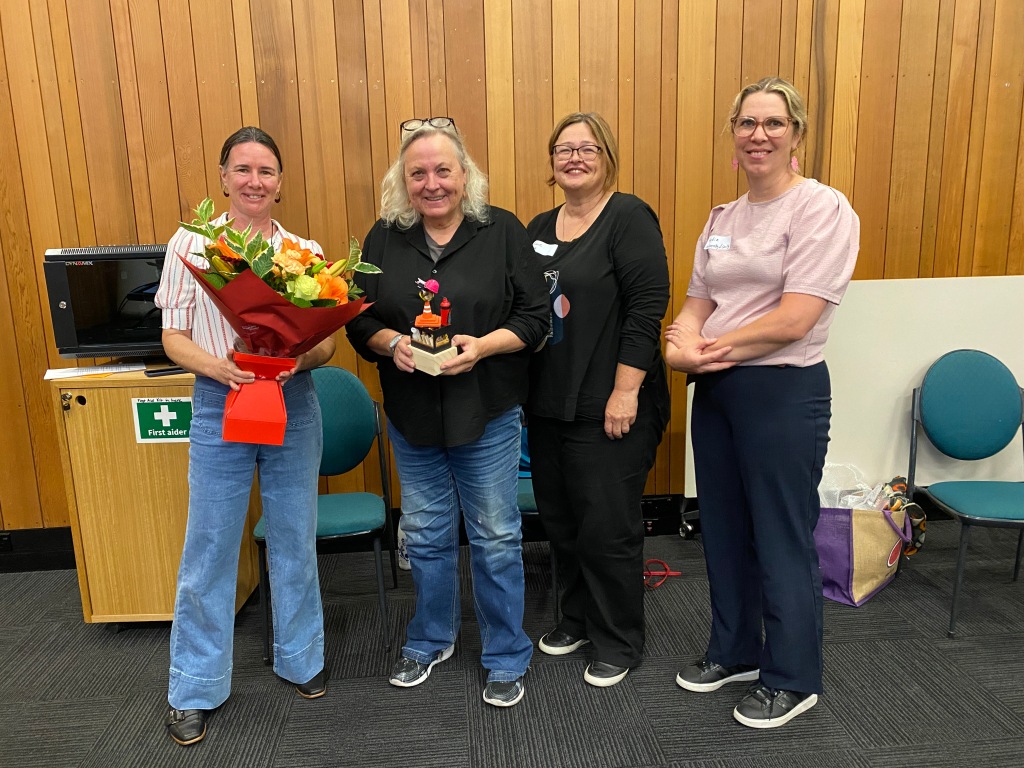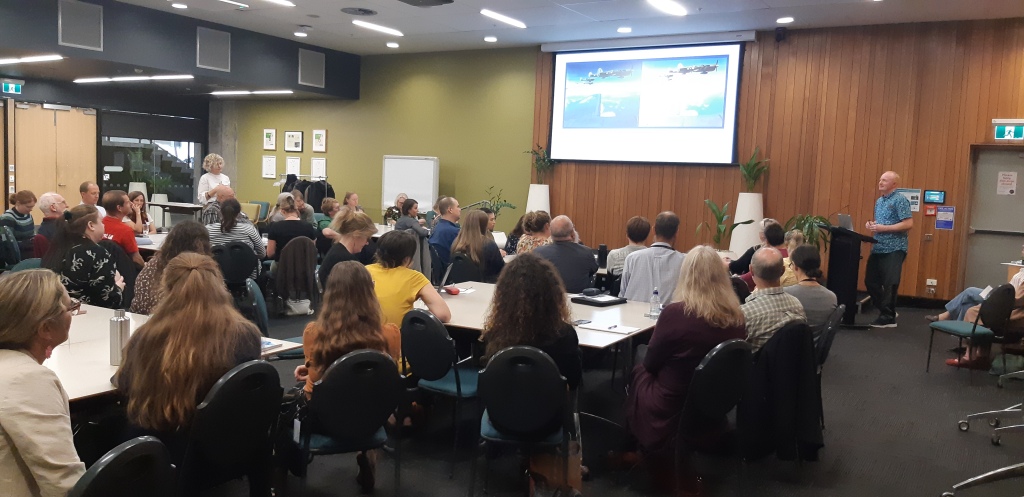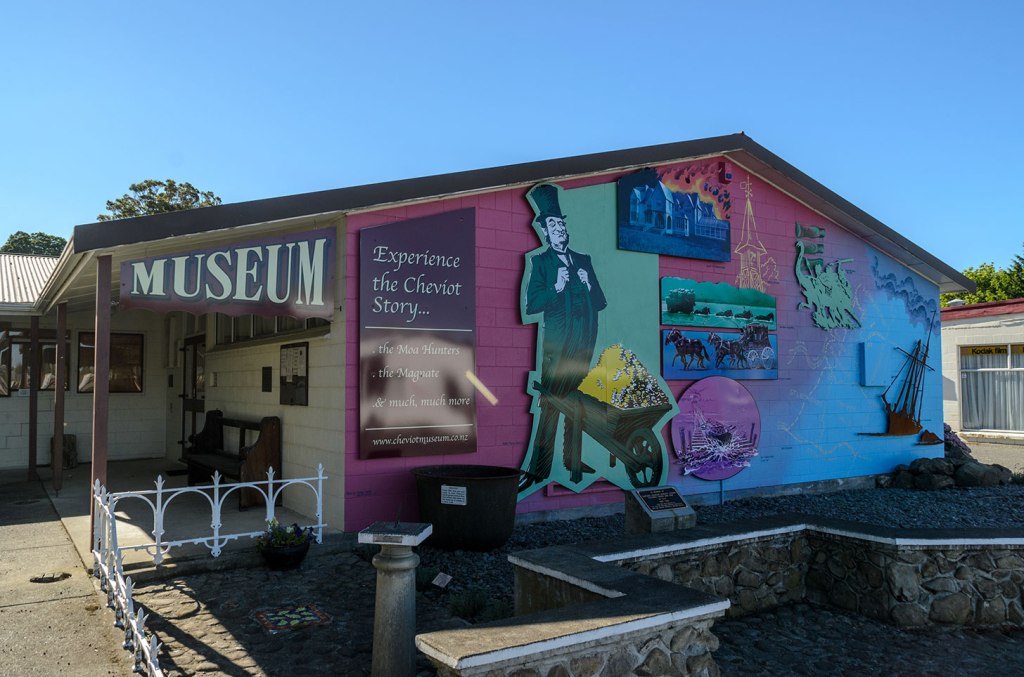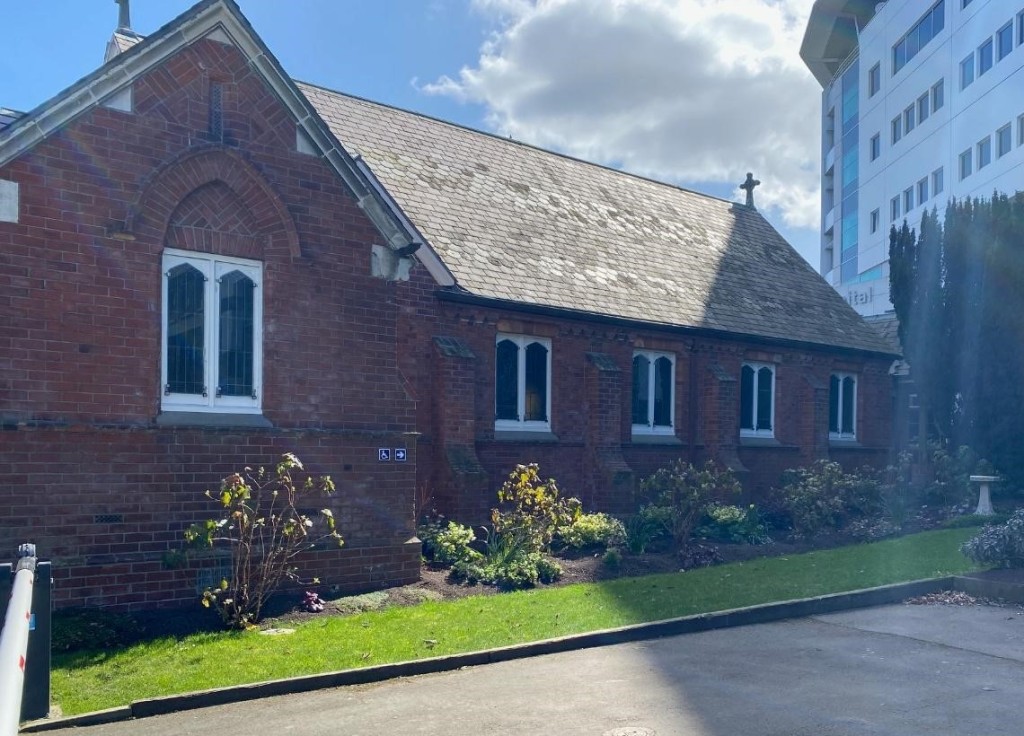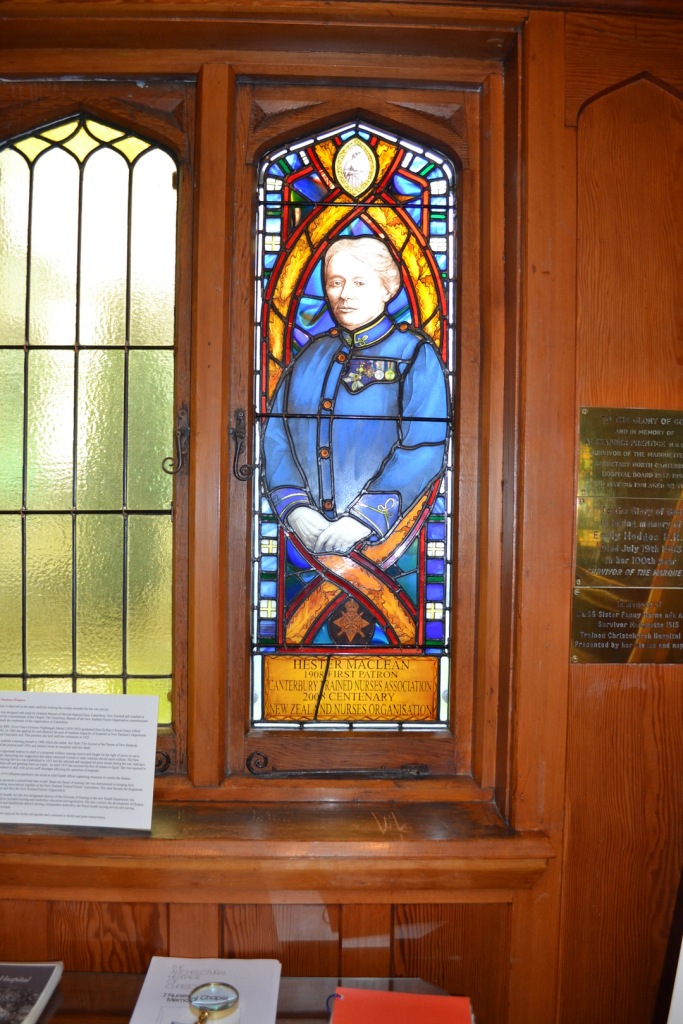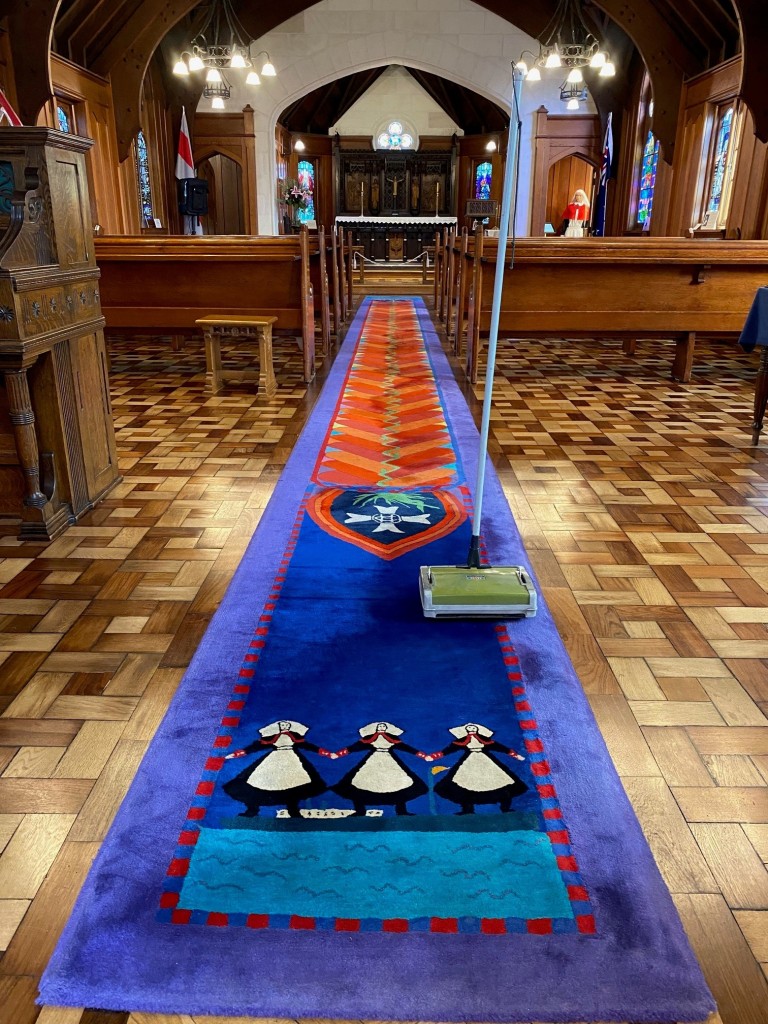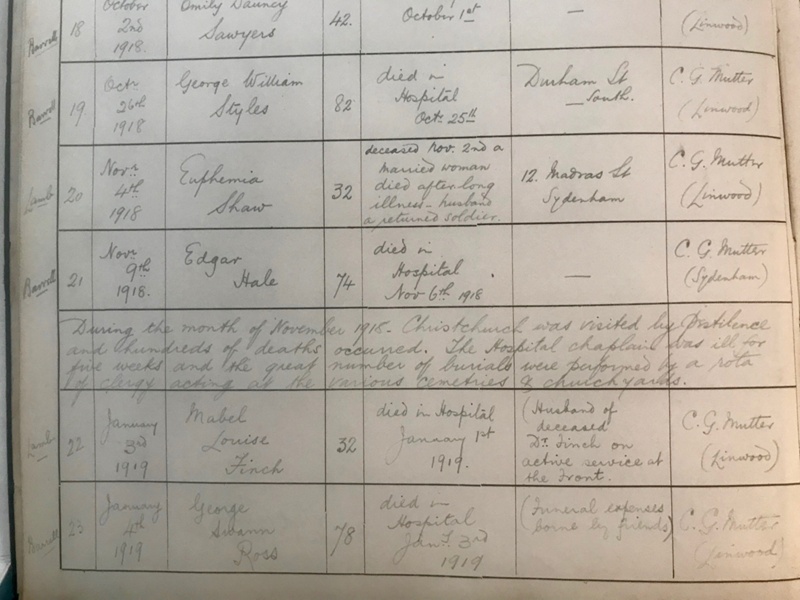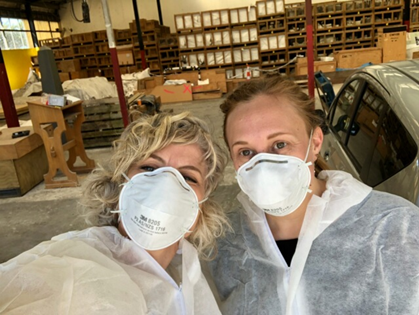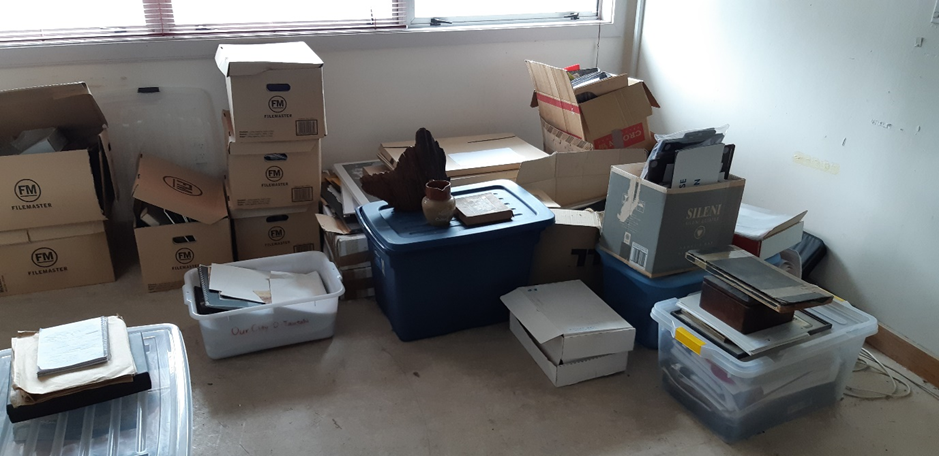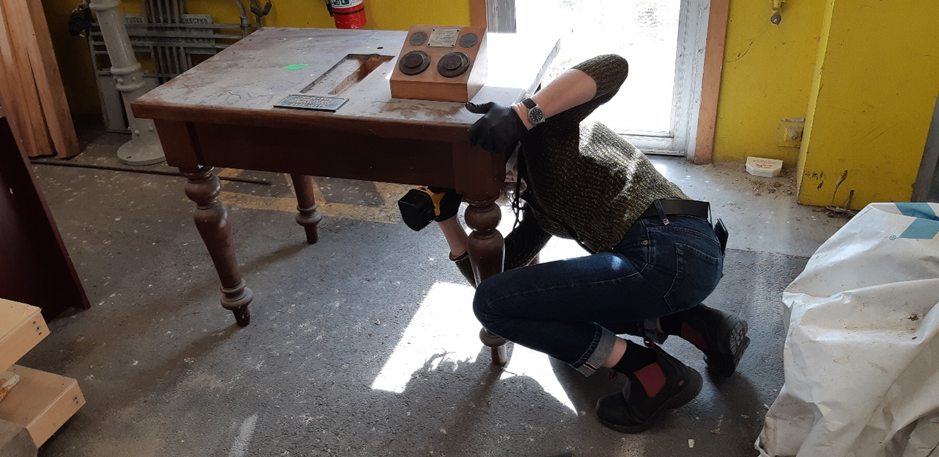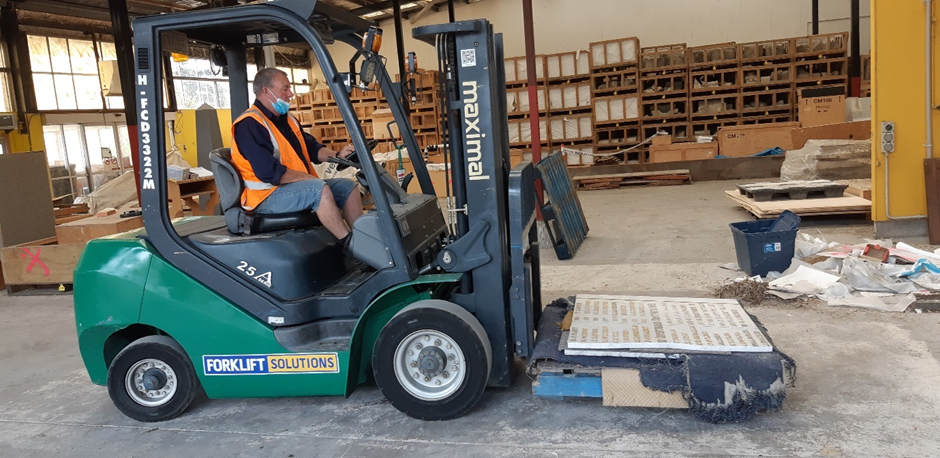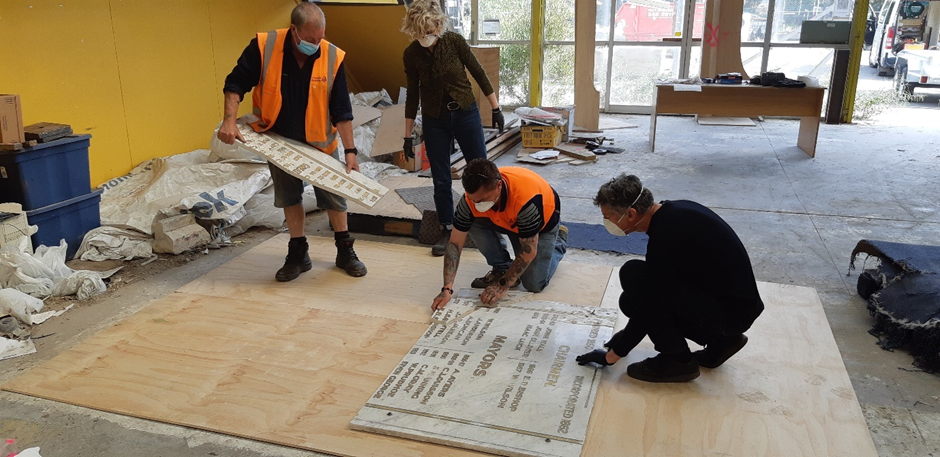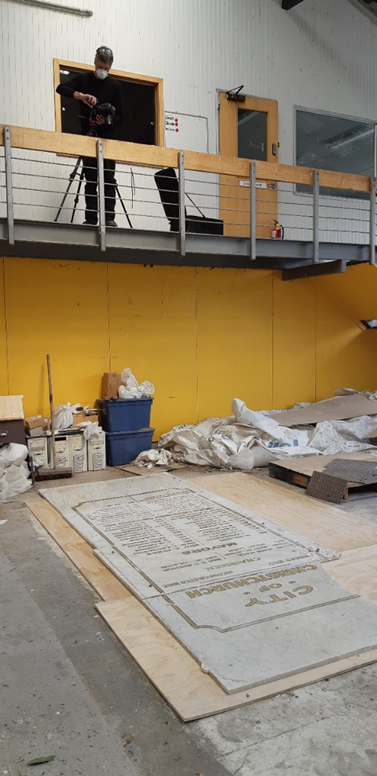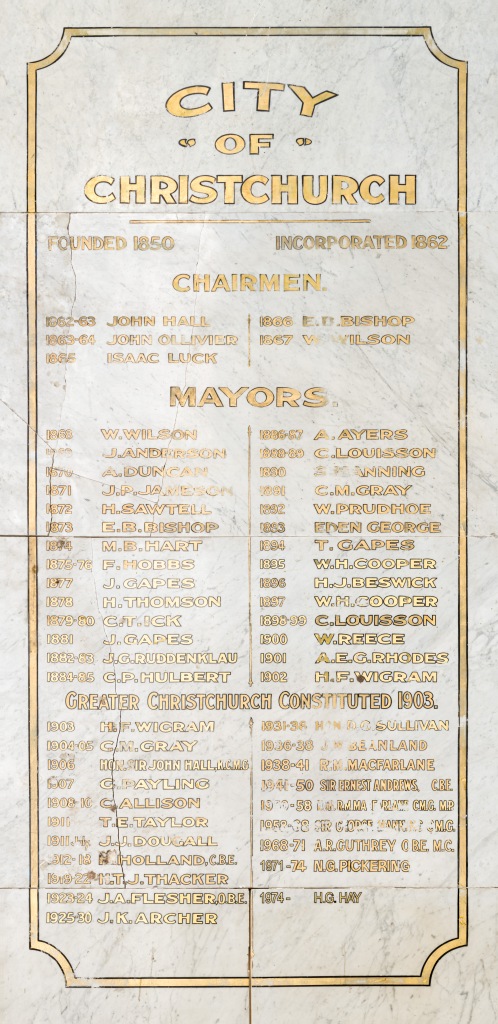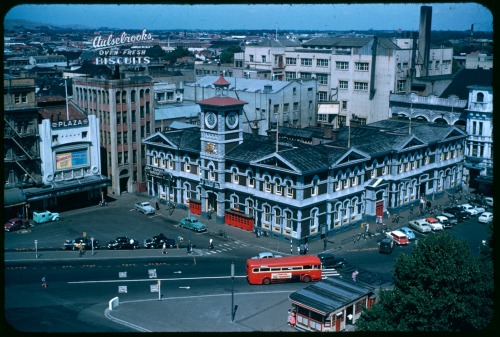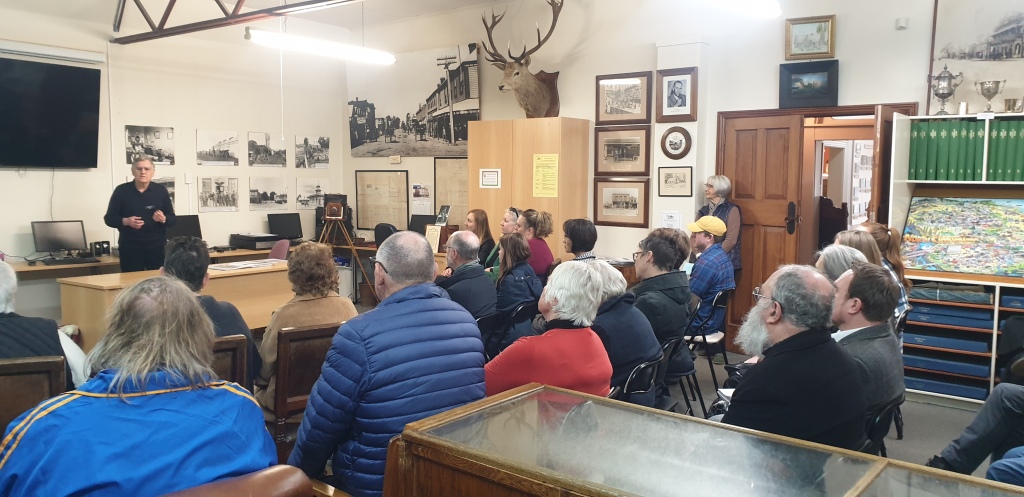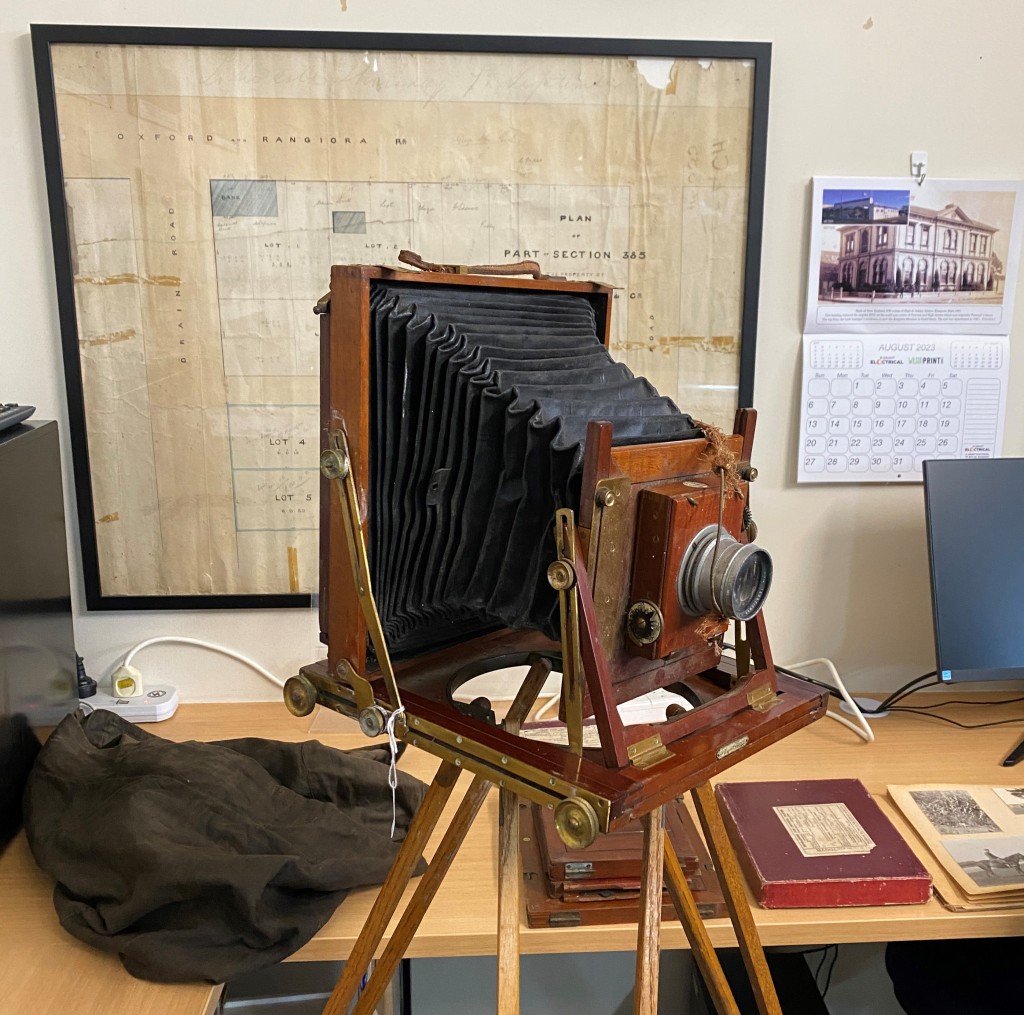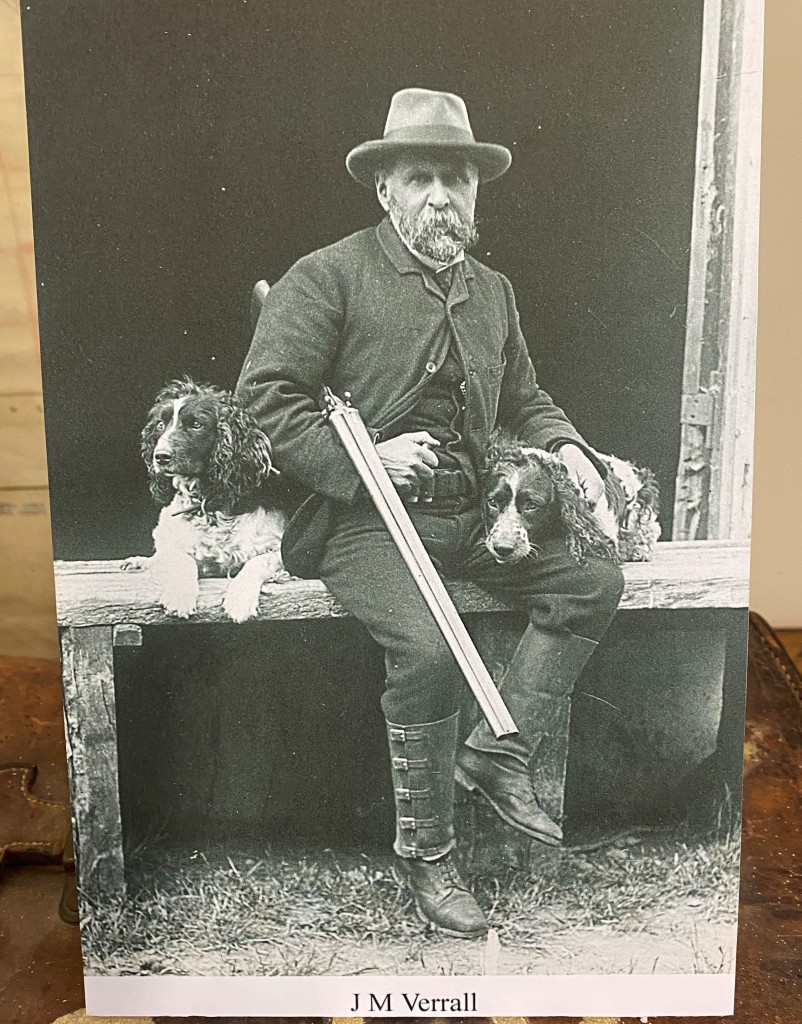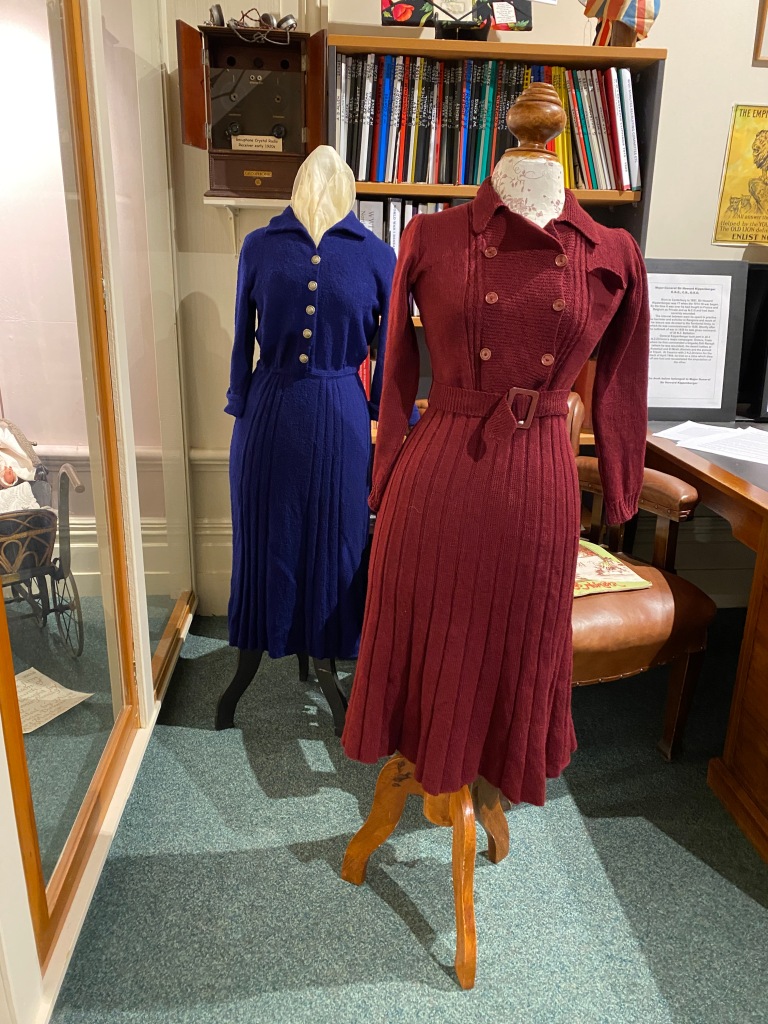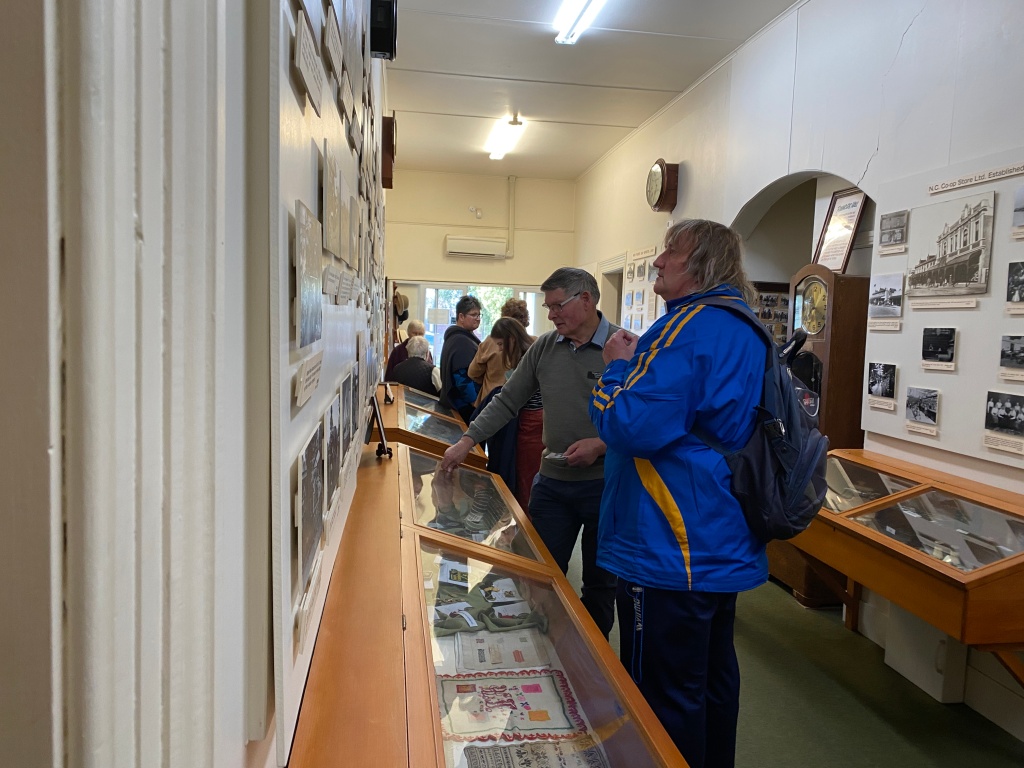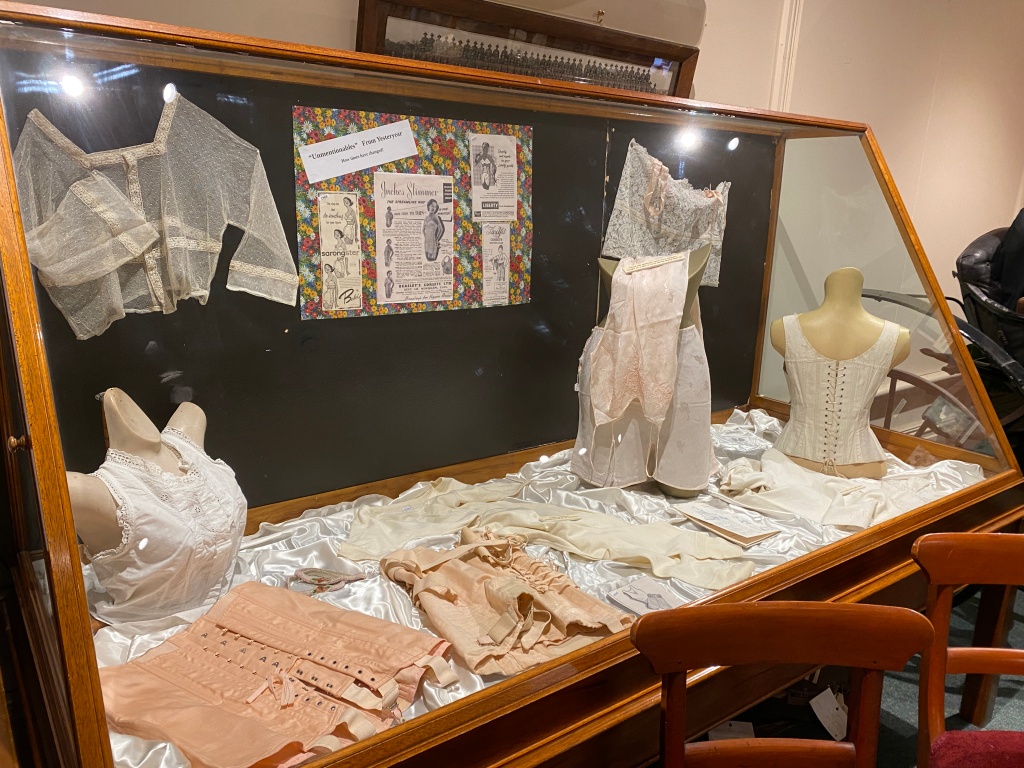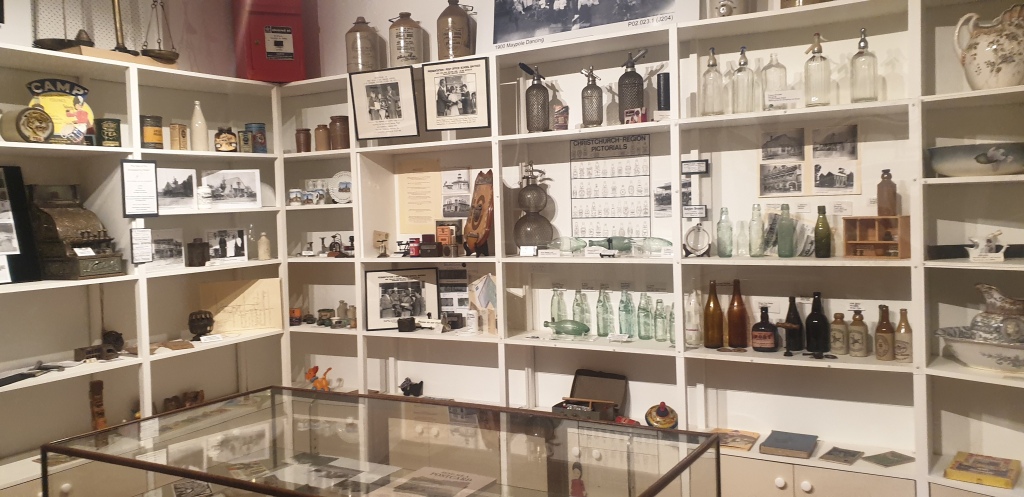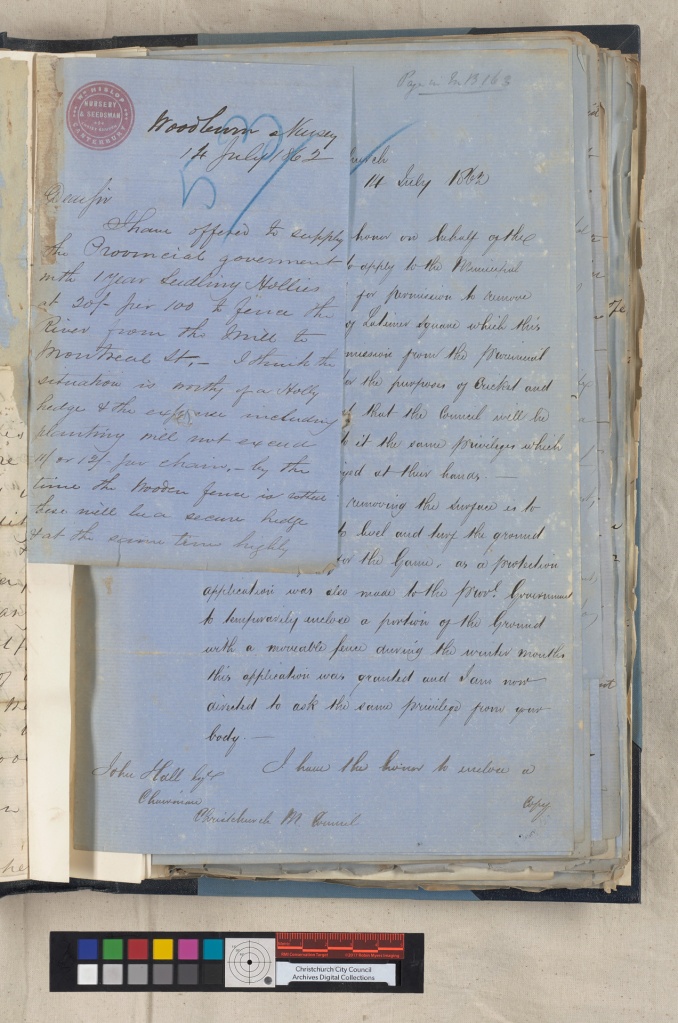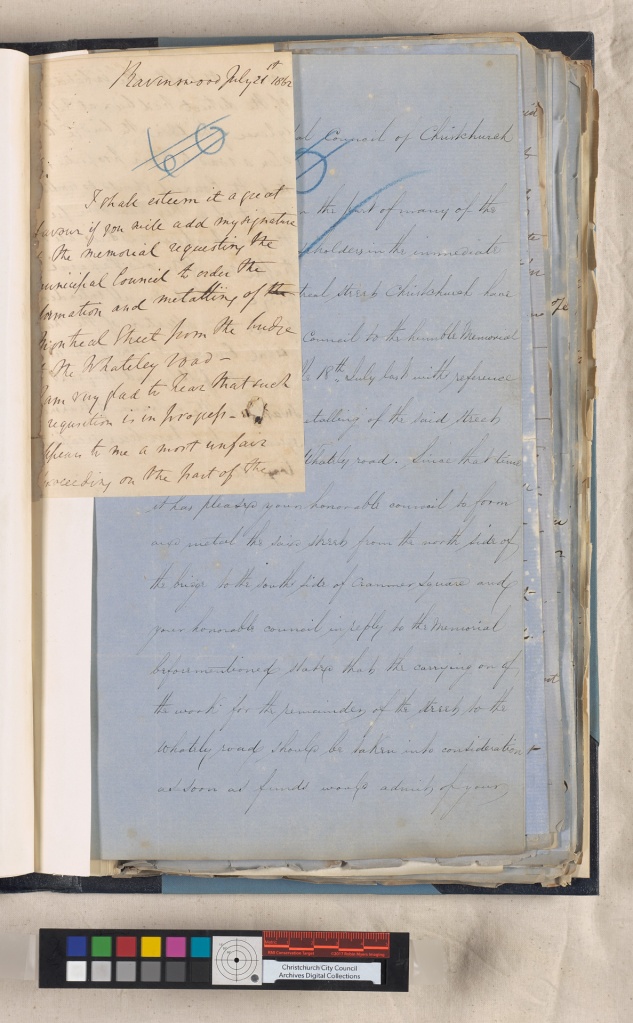A look at how new objects join the collection at Canterbury Museum
Erna Tidy, Canterbury Museum Associate Registrar.
Over the last year, there have been many exciting changes to our work lives at Canterbury Museum.
We’ve moved the Museum and staff to temporary new premises in Hornby and in the process some of us have moved desks multiple times. But some things haven’t changed completely.
New objects still join the collection, going through all the rigorous checks that transform them into a Museum treasure.
So, how does an object become part of the collection?
Take object 2023.10.1. It is a postcard showing George Fairbairn, who was born in Kirwee, Canterbury and served on the Western Front in World War One. It was generously donated to the Museum by his son, who is also called George Fairbairn.

A postcard featuring Lance Corporal George Fairbairn. Wrigglesworth & Binns photograph, Canterbury Museum 2023.10.1
This postcard was brought into the Museum in September 2022 and promptly placed into the Documentation and New Arrivals records system with the Object Receipt (OR) number 5003. At this stage – with the Mammoth Museum Move well underway – the OR was a vital way for us to keep track of the object.
In December, the object was moved with others from Level 2 to Level 5 to make way for the SHIFT: Urban Art Takeover exhibition. Three months later, we created a record for the postcard on our collections database, Vernon, as part of the process for bringing the object into the collection. The postcard was on the move again in early March 2023, heading to our temporary storage space in Hornby with the rest of the Documentation and New Arrivals store.
The postcard officially became part of the collection at a meeting of the Museum’s Collections Development and Management Team on 16 March 2023. At the meeting, the postcard received its unique accession number – 2023.10.1 – allowing us to track it more precisely.

Canterbury Museum Associate Registrar Erna Tidy with postcards and photographs from World War One donated by a Christchurch family.
But the postcard’s journey was not over yet! At the end of June, the postcard, along with other new arrivals, was moved to brand new storage shelving.
Here, we prepared the postcard for cataloguing. Our hero was measured, photographed and packed on 24 July. The finalised record was checked shortly after.
Finally, the postcard was put away in the Documentary History store in a lovely acid free box amongst its peers. It was confirmed, or verified, as being labelled, locatable, and safe and sound on 2 August 2023.
Since the mammoth move began in earnest in September 2022, around 600 objects have travelled the same journey, transforming from an everyday object in our Documentation and New Arrival store, to a Museum collection item with a number and its background story.
This rigorous process not only makes sure that the object is kept safe, but also that its story is never lost.
This object and its record is the first of many to be fully checked and verified in our new home, and shows how we’ve all worked together to ensure that even the most unobtrusive new entrant never fell through the cracks during the Mammoth Museum Move.
Reposted with permission from https://www.canterburymuseum.com/explore/our-stories/an-object-becomes-part-of-the-collection. This is part two of a two-part series. To read more about George Fairbairn’s World War One experiences, read part one.



